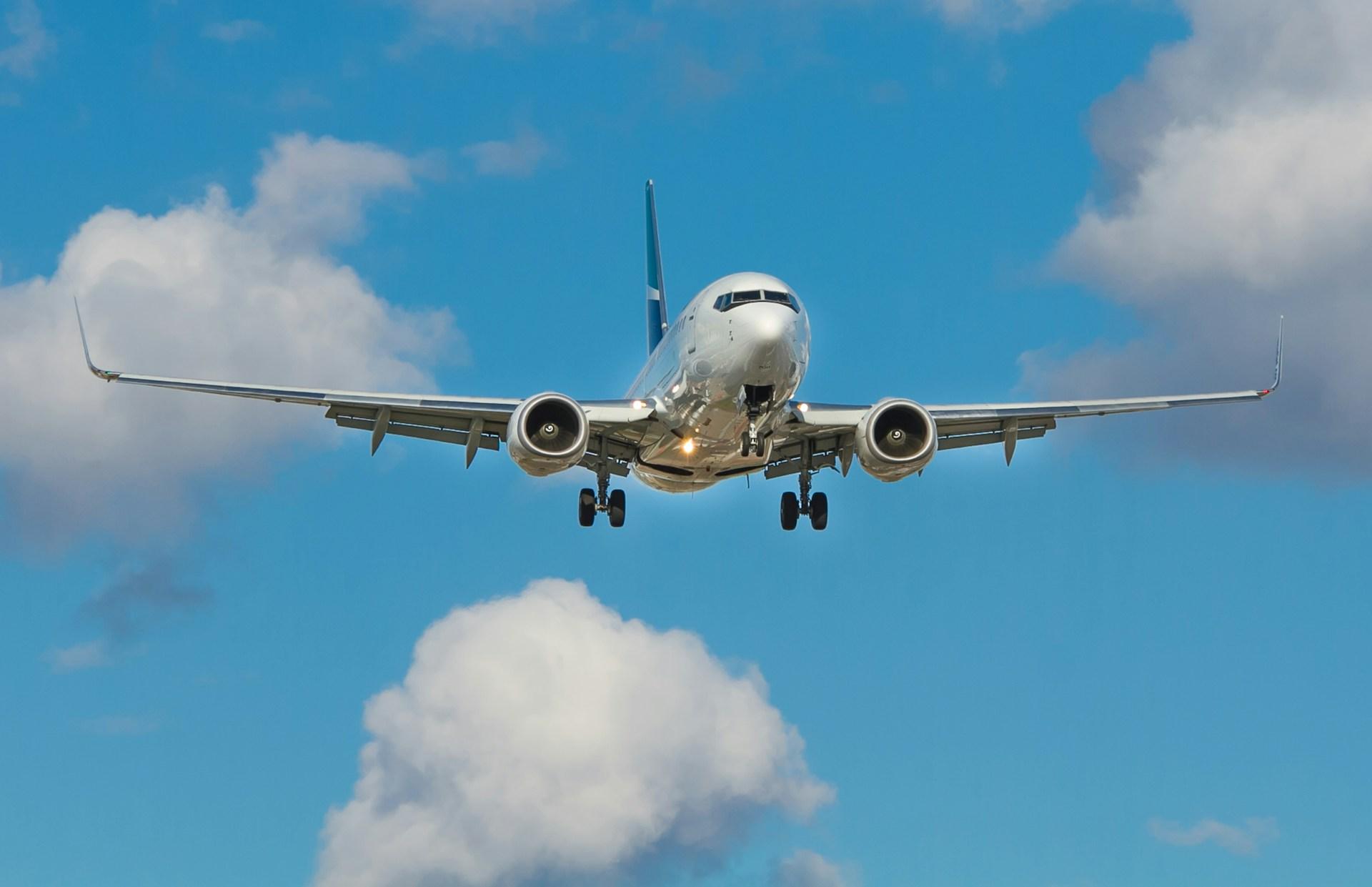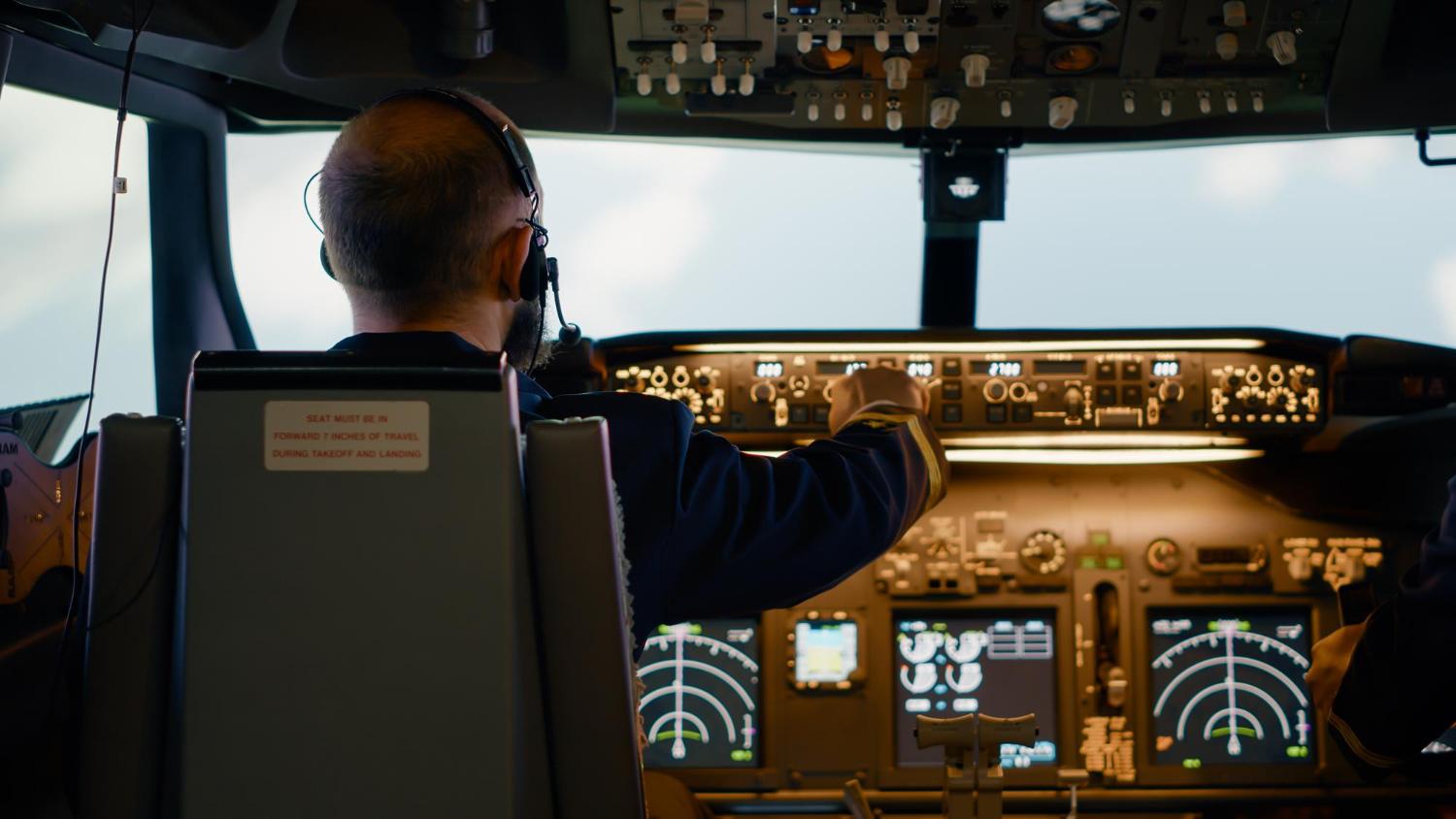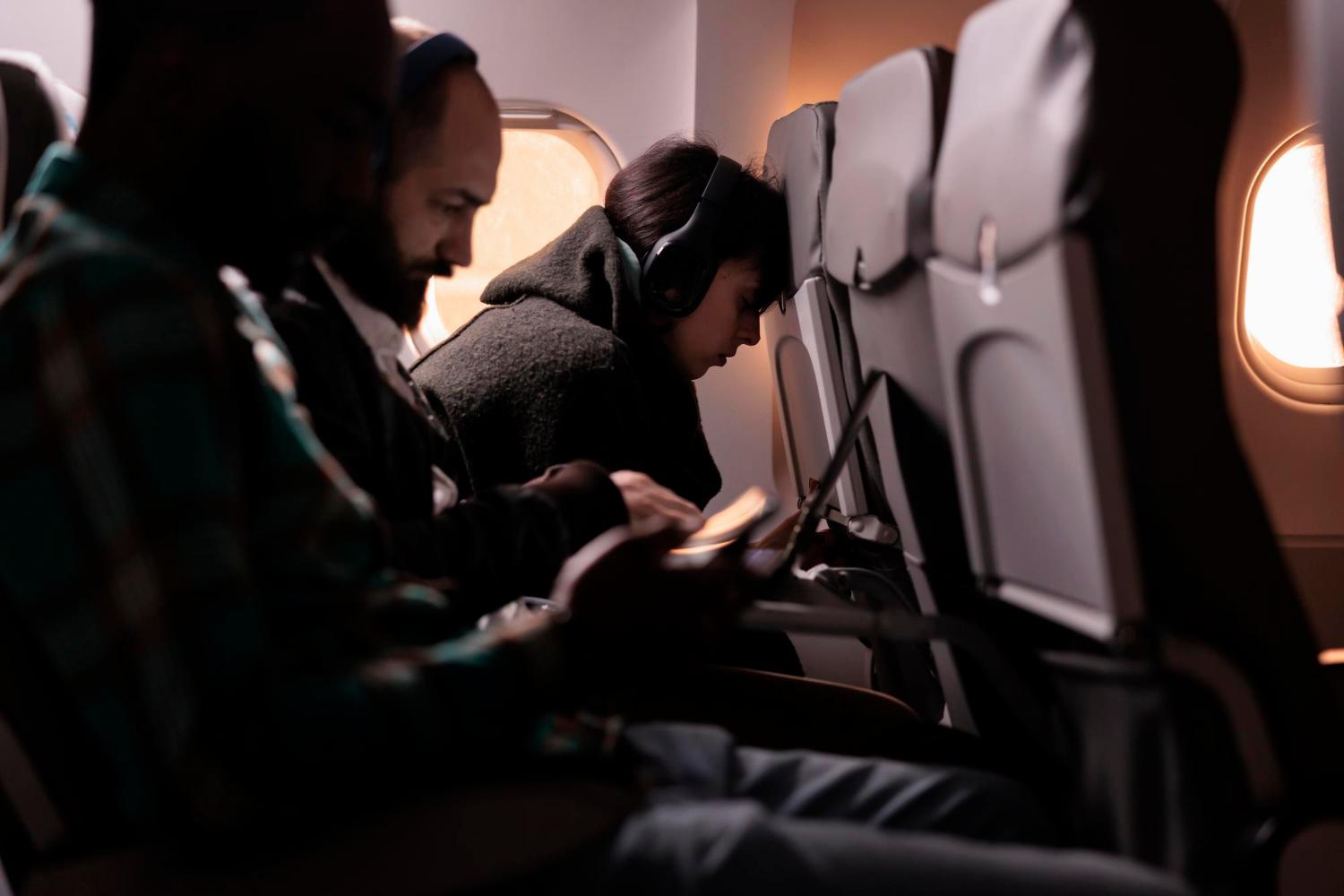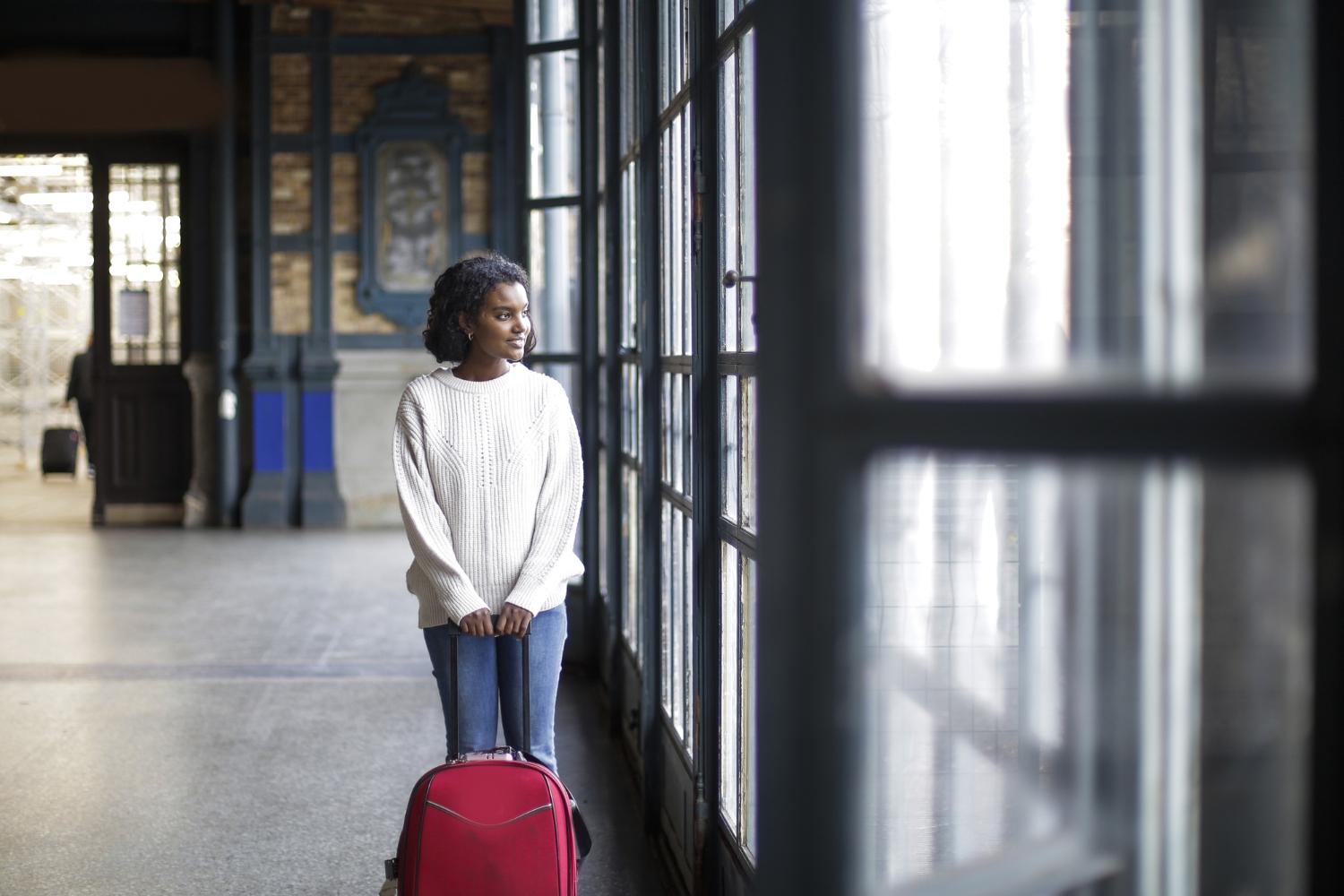You can think of turbulence like waves on the sea, but with air instead of water. Turbulence causes sudden, irregular changes in an aircraft's altitude, speed, and direction. It can be light or severe, making the flight bumpy and uncomfortable.
Most of the time, turbulences are light and manageable. However, they can still be scary for passengers, especially if you have never experienced one before. This leads us to the question of the day; can turbulence bring down a plane?

As mentioned above, turbulence is simply irregular air movement, think of driving on a bumpy road. It can be caused by various atmospheric conditions including;
Jet streams - This is fast-moving air high up in the sky. When planes fly through them, it can get bumpy.
Weather fronts - This is the meeting point of different air temperatures. It can make the air unstable and cause bumps.
Thunderstorms - Storms with strong rising and falling air can make the ride very bumpy.
Mountain waves - Air moving over mountains can create bumps in the air behind them.
While turbulence can be uncomfortable and, at times severe, it is extremely unlikely to cause an aircraft to crash. It can lead to injuries for passengers, but planes are built to handle it.
Aircraft undergo thorough testing to ensure they can withstand extreme conditions, including severe turbulence. They are designed to be very strong and flexible, allowing them to absorb and dissipate the energy from turbulent air without significant damage.
Improvements in weather forecasting and real-time data sharing have also made it easier to predict the weather and avoid the worst turbulence.
One of the biggest dangers from turbulence is to passengers and crew who are not seated and buckled in when it happens. This is because you can fall or be struck by an unsecured item, which can cause injuries.
Should it happen, pilots are trained to navigate through it safely. They use advanced weather radar to detect areas of turbulence and can often alter their flight path to avoid the worst of it. They are also extensively trained to handle turbulence and know how to adjust speed and altitude to minimise its impact.

While turbulence is largely beyond a passenger’s control, there are ways to ensure safety and comfort. You may also hear your captain comforting and advising you to stay calm. Make sure to follow the instructions from the flight crew too.
Here are some tips to keep in mind;
Keep your seatbelt fastened - Don't wait for turbulence to occur. Always keep your seatbelt fastened while seated to protect yourself from sudden jolts.
Follow crew instructions - Pay attention to the flight attendants’ safety instructions and announcements.
Stay calm - Remember that turbulence is a normal part of flying and that aircraft are built to handle it safely, so there is no need for fear or panic.
Practice deep breathing - If you feel anxious, try practising deep breathing exercises to help calm your nerves. Inhale slowly through your nose, hold for a few seconds and exhale slowly through your mouth.
Distract yourself - Engage in activities that can help take your mind off the turbulence, such as reading a book, listening to music, or watching a movie.
Stay hydrated - Drink plenty of water during the flight to stay hydrated. This can help alleviate any physical discomfort caused by turbulence.
Talk to a crew member - If you are feeling too anxious, consider speaking to a flight attendant. They are trained to handle passenger concerns and may be able to offer reassurance.

Experiencing turbulence can be scary and as a result, some passengers develop a fear of flying. If you find yourself feeling anxious about taking flights after experiencing it, here are some tips to help you through;
Acknowledge your fear - The first thing to healing is accepting that you are still pretty shaken up about the turbulence and now fear flying. Understand that your feelings are valid.
Learn about turbulence - Next, educate yourself about turbulence and how it affects flights. Understanding how it happens and the measures aircraft take to navigate it can help alleviate some of your fears.
Seek professional help - If need be, consider getting some professional help. A mental health professional who specialises in treating phobias can provide strategies to help you manage your fear.


If you want the latest information on the best Hotel Executive Club Lounges, Hotel Kids Clubs and other travel information, be sure to sign up for our free newsletter full of tips and great travel ideas.